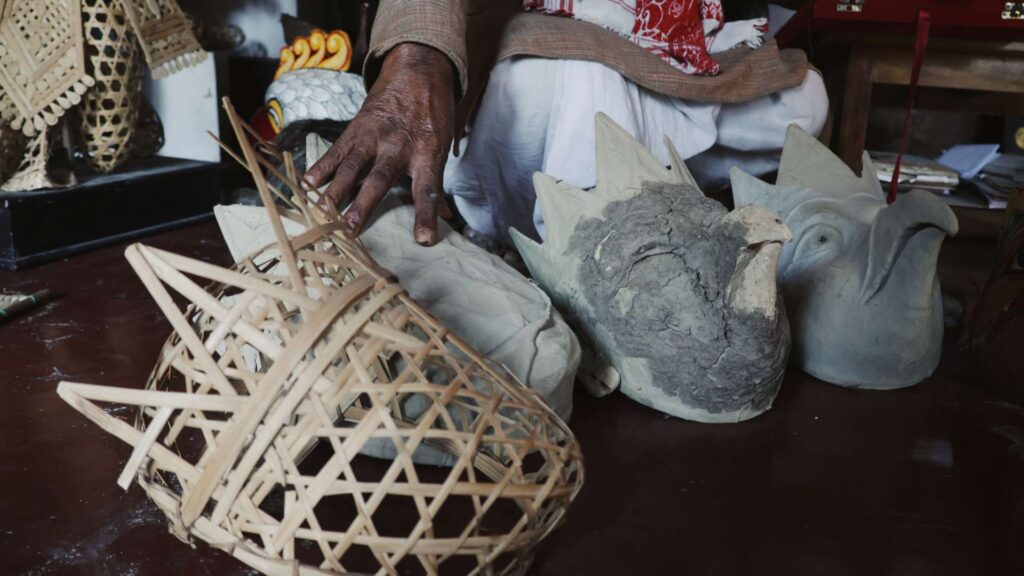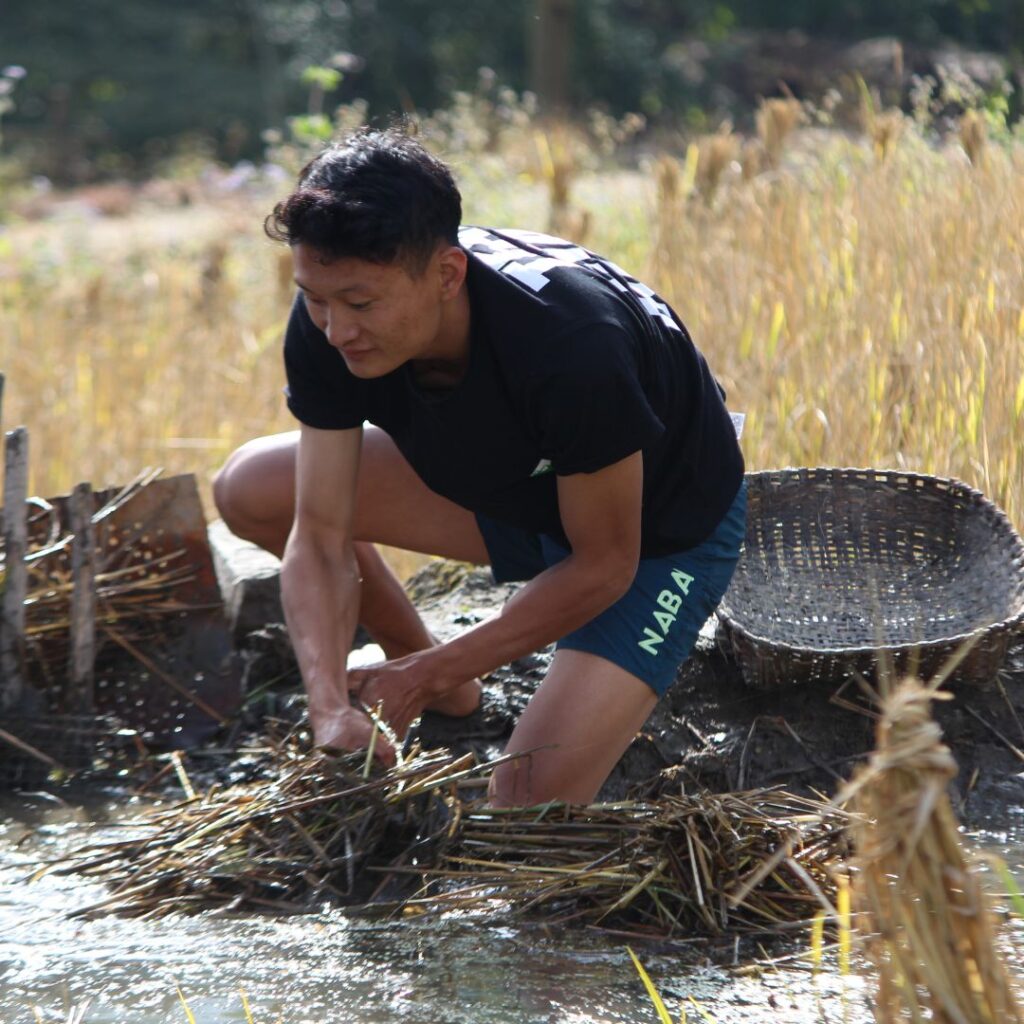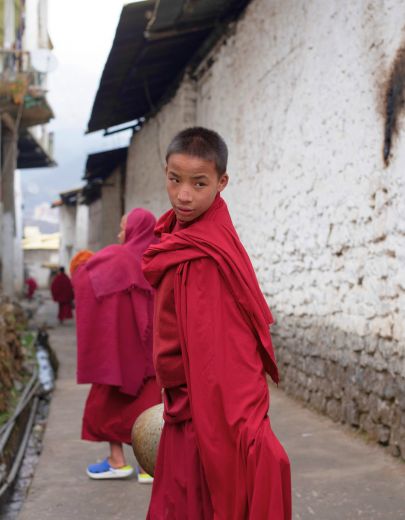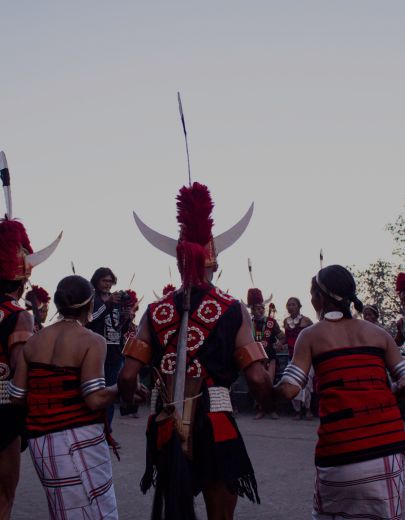North-East India is a region I believe one should feel privileged to experience. For many of us from mainland India, our perceptions of Indian culture are biased. This misconception shatters the moment you step into the lands on the other side. Daily life, culture, food, and even the roles of men and women in society are quite different from what we assume we know.
In December 2023 and January 2024, I was backpacking through this region of India, which remains the least explored. And I cannot stress enough on how little we know about our own country.
I had the privilege of exploring (touching upon maybe) 5 of the 8 states that are together clubbed as the North East of India. I had the privilege of time allowing me to slow down where I could and trust me when I say that there is more to offer on this side of the country that one can explore in a lifetime.
My journey took me from Arunachal Pradesh to Meghalaya, then to Assam, Nagaland, and finally Sikkim. However, there is one place though where I wished to spend months – Majuli, Assam.

World’s Largest Riverine Island
Majuli, despite its shrinking perimeter due to floods and soil erosion, is the world’s largest riverine island. Located in Assam, Majuli is surrounded by tributaries of the Brahmaputra on all sides. As of today, the island comprises a total of 243 small and large villages.

Fun fact – Assam is also home to the world’s smallest inhabited river island, named Umananda.
Where to Stay and How Tourism Got Its Wheels

Banks of Brahmaputra
My first day in Majuli was spent in the laziest manner possible. Since I work and travel for months at a stretch, days like these are when I can catch up on work, have meetings with my clients, and rest away any travel exhaustion. However, my eagerness to explore Majuli had me stepping out before sunset, and on Monjit Bhai’s recommendation, I reached the banks of the Brahmaputra. The exact location on Google Maps is Luhit Ghat Ferry Service. To cross the river along this bank, the locals have built a bamboo bridge strong enough to let motorcycles and bikes pass through it.

The Satra Yatra
The next day I left for a long journey in Majuli that people come here most often for. Majuli has long been the center of Assamese neo-Vaishnavite culture, which began in the 15th century under the guidance of the Assamese saint Srimanta Sankardeva and his disciple Madhavdeva. There are a total of 30 Satras in Majuli, many of which are on the mainland, with a distinct spiritual influence in the entire region. What are Satras you ask? Satras are not only temples but also the religious and spiritual centers for the people in Majuli.
There are four main Satras that one would usually go to and that’s what I headed out for. With Sunil Da as my guide, who is a Vaishnav himself, I was lucky enough to ask as many questions as I had and get all the answers immediately. The journey started with Dakhinpat Satra which is located on the northern bank of Brahmaputra. Then we headed to the Samaguri Satra, where the ancient art of mask-making has been mastered over centuries. Here, artisans bring bamboo and clay to life, crafting tales of gods and demons. I vividly remember a mask of Jatayu from the Ramayana, crafted here, with a beak that opens and closes as one speaks while wearing it.


Next was the Sri Sri Auniati Satra. Ati, when literally translated, means ‘an elevated place’. The elevation of the land that Auniati Satra is built on is higher than the others, hence the name. Sri Sri Auniati Satra also occupied the highest position amongst the various Satras of Assam in the eyes of the Ahom Kings.
During months of floods, the locals of Majuli are welcomed in the Satras to seek shelter.
The last on our list was the Uttar Kalambari Satra, the oldest Satra in Majuli. Here, Sunil Da shared a local belief – the sacrifice of animals, or ‘Bali,’ is not allowed on the island due to the prevalence of Vaishnavism. Even during the celebration of ‘Bakri Eid,’ locals go to nearby Jorhat for the ritual of sacrificing the goat.

It was evening by the time my ‘yatra’ ended, and I had interacted with the wonderful locals and tourists in Majuli. The women were beautifully dressed in Assamese mekhelas, and the men in dhotis, but what they had in common was a gamusa. Most devotees I met wore the “gamusa” over their neck as a form of respect and a cultural symbol. It caught my eye, and I had to get one for myself. Sunil Da took me to just the right handicraft store for it.
This journey took me through almost a hundred kilometres around Majuli. A common sight here was of the bamboo houses that the locals are masters at crafting themselves.
Vernacular Architecture in Majuli
Bamboo is a prevalent raw material in Majuli’s architecture and engineering. From houses to fences to the foundations and even the stilts that elevate the houses, everything is crafted with bamboo.
Since Majuli is surrounded on all sides by the Brahmaputra, it experiences floods roughly from June to September. To combat this, the houses are built elevated by at least 7-8 feet on bamboo stilts and foundations. However, newer constructions are opting for concrete as well.
The flooding months come with challenges for the locals. Life becomes unpredictable, and they never know when they might have to abandon their home. Being optimistic and clever, they have found ways to manage these difficulties.

Temporary Settlements And Uncertainties Of Life
When water levels rise beyond the doors of their homes, locals are forced to move to higher elevations. This could last from days to a week. As water levels drop, they return to their base, make quick fixes to their homes but are always ready to leave again if the floods return. This can happen several times during one season.
Majuli is perhaps the only place in India where I have witnessed temporary settlements. Despite the hardships, the locals accept the floods positively, seeing it as an opportunity to slow down. Since they must leave their homes and livelihoods behind during this period, they adapt. Occupations like fishing, however, continue to thrive.
What happens in the months when there is no flooding? Since the houses are built on stilts, the space below the houses are empty during the dry months. The locals maximise the utility of that space to carry out occupations like weaving and pottery to support their livelihoods. It is amazing to see the women and men making use of the space and time to craft wonderful art.

The End Of A Beginning


With that, my trip to Majuli came to an end. Abhay and I took a ferry from Majuli to Jorhat and then parted ways.
This is another way of reaching and leaving Majuli. The ferry service from Jorhat runs every 30-40 minutes, with exact timings available online. You can take a bus or train to Jorhat and then a ferry from there to Majuli. It’s generally a 30-minute ride over the Brahmaputra.
My entire being yearns to go back to Majuli and experience the pleasures of life that those who call it home cherish. We frequently lose sight of the beauty of a modest life in the bustle of the metropolis.
Oh, the desire to see the Brahmaputra again, to feel its gentle embrace, to sit by its banks and watch the birds dance gracefully, to soak in each moment as time floats by like a soft wind.


Team ChaloHoppo
Drashti is a freelance travel writer who recently explored the North-Eastern states of India. She is currently working as a content writer at ChaloHoppo.









